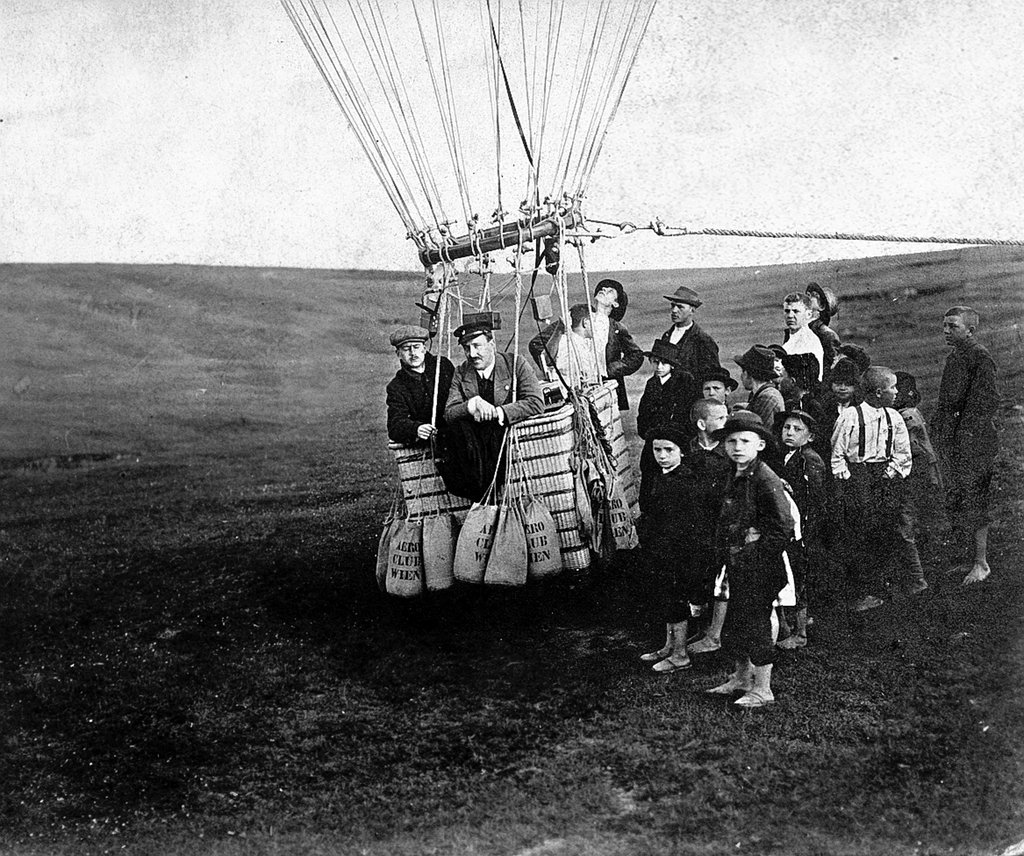Cosmic Rays Discovery

The story of the muons begins with the discovery of the cosmic rays, when the austrian physicist Victor Francis Hess, in the years of 1911 and 1912, made a series of ascents in a hot-air balloon to carry out measurements of the radiation in the atmosphere. In his experiments, he looked for the source of the ionizing radiation that was observed in the atmosphere.
In successive climbs, he measured atmospheric ionization as a function of altitude and he found that there was a decrease at first and then it increased again at higher altitudes to values higher than that observed at sea level, showing that the source of ionization was coming from space.
Hess also performed measurements at night and found no differences in observation. Finally on April 7 of 1912, during a solar eclipse, he made a climb up to the altitude of 5300 meters and then came to a conclusion. As the ionization that he measured in the atmosphere did not decrease during the eclipse, it meant that the Sun could not be the source of the ionizing radiation, the source would have to come from beyond the Solar System. As he was flying over the atmosphere, Victor Hess had discovered a natural source of high-energy particles, which he called cosmic rays.
In 1936 Victor Hess shared the Nobel Prize in Physics with american physicist Carl David Anderson. Hess was recognized for the discovery of the cosmic rays and Anderson by the discovery of the positron, where the first observation of this particle was produced by a cosmic ray.
Publication:
"The electrical conductivity of the atmosphere and its causes" (Victor Hess, 1928)
